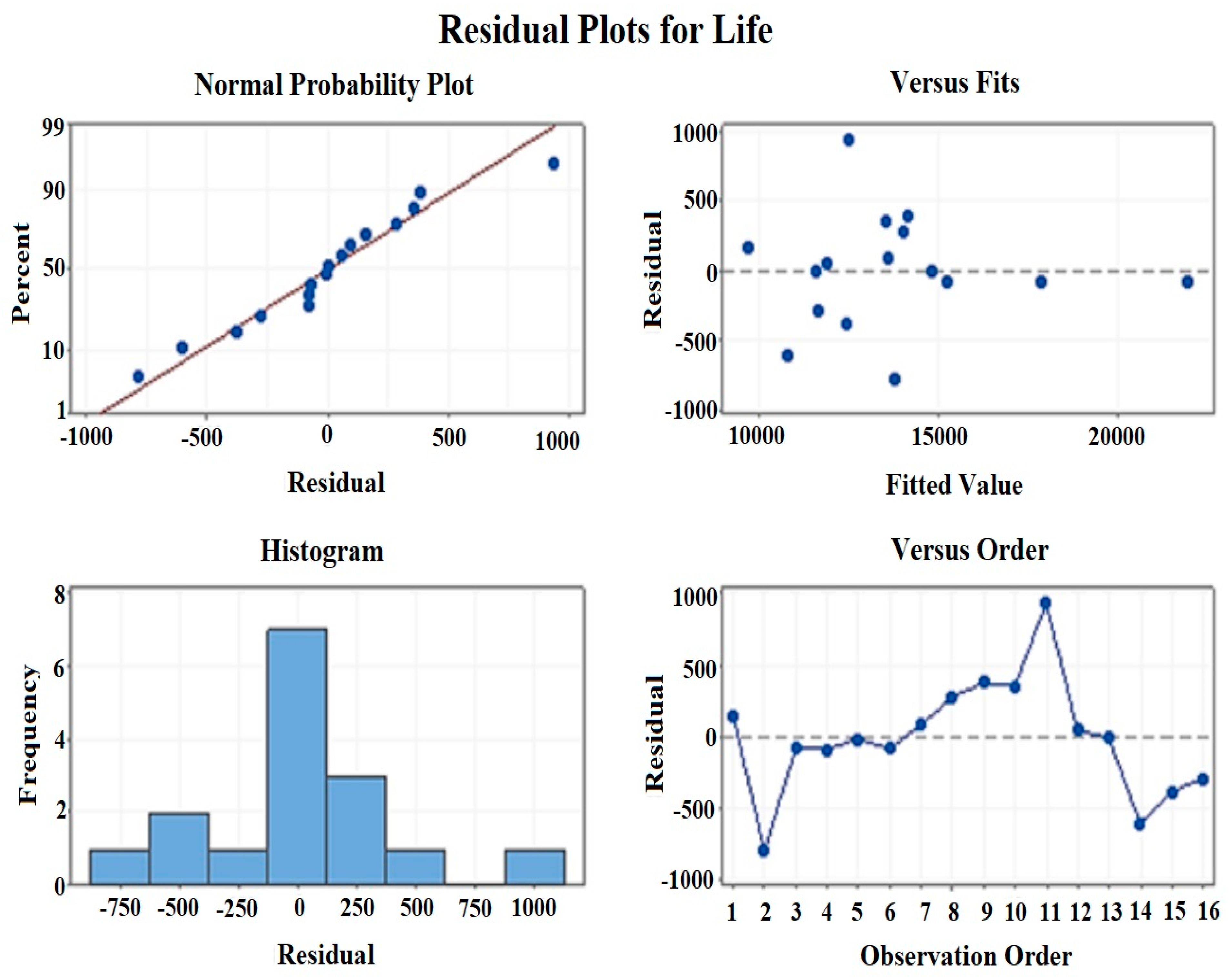

Regardless of the R-squared, the significant coefficients still represent the mean change in the response for one unit of change in the predictor while holding other predictors in the model constant. Humans are simply harder to predict than, say, physical processes.įurthermore, if your R-squared value is low but you have statistically significant predictors, you can still draw important conclusions about how changes in the predictor values are associated with changes in the response value. For example, any field that attempts to predict human behavior, such as psychology, typically has R-squared values lower than 50%. In some fields, it is entirely expected that your R-squared values will be low.

No! There are two major reasons why it can be just fine to have low R-squared values. The R-squared in your output is a biased estimate of the population R-squared. You can have a low R-squared value for a good model, or a high R-squared value for a model that does not fit the data! R-squared does not indicate whether a regression model is adequate. R-squared cannot determine whether the coefficient estimates and predictions are biased, which is why you must assess the residual plots. Theoretically, if a model could explain 100% of the variance, the fitted values would always equal the observed values and, therefore, all the data points would fall on the fitted regression line. The more variance that is accounted for by the regression model the closer the data points will fall to the fitted regression line. The regression model on the left accounts for 38.0% of the variance while the one on the right accounts for 87.4%. Plotting fitted values by observed values graphically illustrates different R-squared values for regression models. However, there are important conditions for this guideline that I’ll talk about both in this post and my next post.

In general, the higher the R-squared, the better the model fits your data. 100% indicates that the model explains all the variability of the response data around its mean.0% indicates that the model explains none of the variability of the response data around its mean.R-squared = Explained variation / Total variation The definition of R-squared is fairly straight-forward it is the percentage of the response variable variation that is explained by a linear model. It is also known as the coefficient of determination, or the coefficient of multiple determination for multiple regression. R-squared is a statistical measure of how close the data are to the fitted regression line. When your residual plots pass muster, you can trust your numerical results and check the goodness-of-fit statistics. Residual plots can reveal unwanted residual patterns that indicate biased results more effectively than numbers. In general, a model fits the data well if the differences between the observed values and the model's predicted values are small and unbiased.īefore you look at the statistical measures for goodness-of-fit, you should check the residual plots. Technically, ordinary least squares (OLS) regression minimizes the sum of the squared residuals. Linear regression calculates an equation that minimizes the distance between the fitted line and all of the data points. For instance, low R-squared values are not always bad and high R-squared values are not always good! What Is Goodness-of-Fit for a Linear Model?ĭefinition: Residual = Observed value - Fitted value In this post, we’ll explore the R-squared (R2 ) statistic, some of its limitations, and uncover some surprises along the way. To help you out, presents a variety of goodness-of-fit statistics. Sharing it so that it can be helpful to others Īfter you have fit a linear model using regression analysis, ANOVA, or design of experiments (DOE), you need to determine how well the model fits the data.


 0 kommentar(er)
0 kommentar(er)
